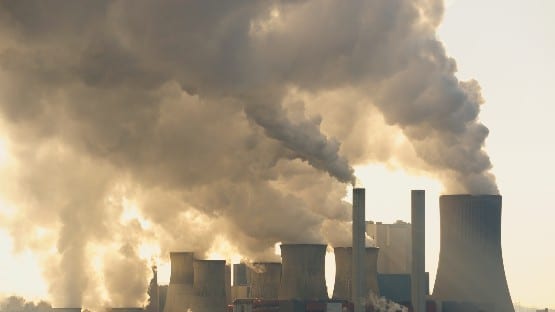
Led by Deborah Tatar, a professor of computer science in the College of Engineering, a member of the Center for Human-Computer Interaction, and a fellow with theInstitute for Creativity, Arts, and Technology, the researchers will embark on a two-year project to familiarize students with the ways computational thinking can interact with and deepen the understanding of chemistry.
Felicia Etzkorn, a professor of bioorganic chemistry in Virginia Tech’s College of Science, is part of the team, along with two faculty members from the University of Texas at Austin’s College of Education — Victor Sampson and Stephanie Rivale. The project will involve four teachers in the Austin, Texas area.
Tatar talked about ways to integrate computing with science, technology, engineering, and math education at a National Science Foundation conference, “Next Generation STEM Learning,” earlier this month in Washington, D.C.
Now, with National Science Foundation support, the researchers will help teachers introduce computational approaches into eighth grade integrated science courses.
Supporting one of the primary goals of the Institute for Creativity, Arts, and Technology, the work brings together science, engineering, art, and design in an effort to transform K-12 education.
The project embeds targeted chemistry topics into computational models, supported by a framework that encourages structured scientific argumentation. Eighth grade chemistry students will learn how earth-science systems work by interacting with graphically-based computational models, or simulations. By modifying and adapting the code in these models to better represent aspects of chemical systems, they will also build computational thinking skills.
“Our goal here is for students to understand how systems work — both chemical and computational — and the important role complex systems play in our lives,” explains Tatar. “It’s difficult to describe these systems to students, so simulations provide a level of interaction with the processes. Students can actually see cause and effect and they have opportunities to think critically about the problems in the world around them.”
The team will develop four modules to be used in four eighth grade chemistry classrooms. Each module will have measurable goals related to chemistry and computational learning, as well as argumentation implementation.
For example, one module will examine atmospheric science, specifically the retention of greenhouse gas in the environment. While the results of this process can be seen, the actual process — how increased concentrations of carbon dioxide traps heat in the atmosphere — is more abstract. The simulation created by the team visually demonstrates the interactions between matter and energy, with an emphasis on thermodynamics and kinetics.
This model shows the earth and sky and features graphical representations of the heat generated by the earth and the sun’s energy. Users can add sources and sinks of carbon dioxide to the model world in the form of trees and factories. Students can easily change the production rates of the factories in the simulation’s code and immediately see the results and potential real-world impacts. For example, they could manipulate the code to determine how many trees would be needed to balance the production rates of the factories.
Using these graphically-based simulations, students can discover how initial elements on the model operate, and they can also easily inspect, change, and test the code. When a student examines the model, makes a prediction, changes the code, and then re-runs the model, the computer provides feedback.
The process of anticipating, interpreting, and testing the computer’s feedback allows the student to act as a scientist, exploring both the computational and physical world. This also helps strengthen their argumentation skills — being able to prepare, support, challenge, and refine their ideas. Before implementing any changes, the students will describe in their own words how the code will be changed, outline their plan, and justify their expectations.










